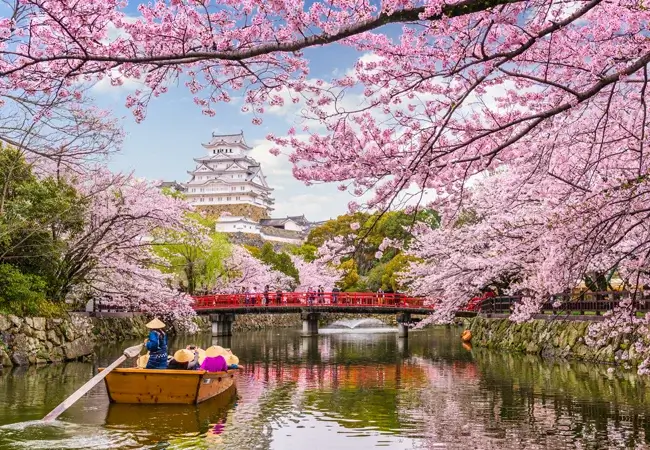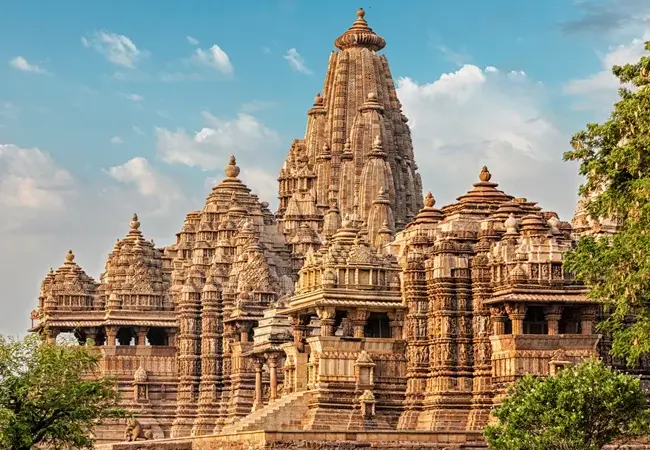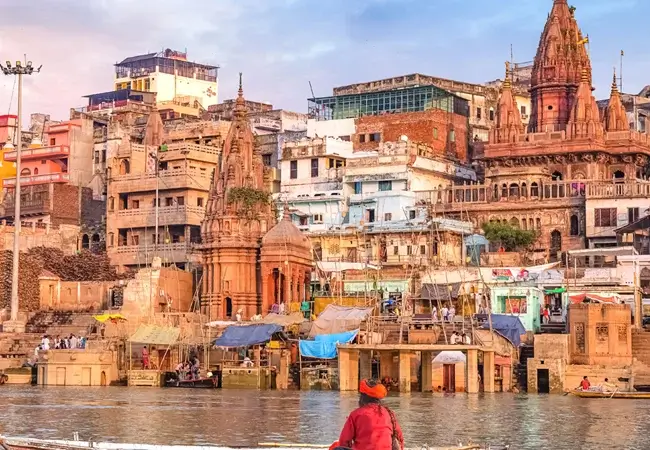Do you want to visit the land of Gods and Goddesses and drench your soul in the well of spirituality? Are you ready to visit a place that will change the way you look towards your life forever? Then Char Dham is the perfect destination for you.
The Char Dham in Uttarakhand is also called Chota Char Dham which means “the small four abodes”. It is an important site for Hindu pilgrims situated in the Garhwal region of the state of Uttarakhand, in the lap of the Indian Himalayas. There are four sites that together form the Chota Char Dham- Yamunotri, Gangotri, Kedarnath, and Badrinath. Out of these, Badrinath is also considered to be an integral part of the longer Char Dham from where this region has drawn its name.
The beginning of the Char Dham Yatra generally occurs with Akshaya Tritiya (April or May in the Gregorian calendar) and ends up 2 days after Diwali (the Hindu festival that celebrates the homecoming of Lord Rama). People from all over the country tend to visit Char Dham during the months of May and June by risking their lives. It is so because, during this period, there are chances of heavy rainfall which may cause roadblocks/landslides in late July and August (monsoon season).
Chota Char Dham Yatra occurs annually and resumed in the year 2014 after remaining suspended since the outbreak of the 2013 Uttarakhand floods. However, conditions have now improved due to continuous efforts and proactive measures taken by the government of Uttarakhand. This year Chota Char Dham has broken all previous records by witnessing more than 41 lakh pilgrims on its premises.
The formation of the original Char Dham is credited to the great reformer and philosopher of the 8th century Shankaracharya. Three of the four sites of Char Dham are Vaishnava (Puri, Dwarka, and Badrinath) and one is Shaiva (Rameswaram). The Char Dham is known to have representatives from all three major Hindu sectarian traditions, accompanied by two Shakti (goddess) sites, (Yamunotri and Gangotri), one Shaiva site (Kedarnath), and one Vaishnava site (Badrinath).
Till the 1950s, the Chota Char Dham was accessible only by lengthy walking trails in hilly areas with heights of more than 4000 meters. Despite being so tough to reach, wandering aesthetics and other religious people used to visit this region. However, after the 1962 war that happened between India and China, India went on to undertake massive road building to the border area and other infrastructure investments. As a result, tourists enjoyed the privilege of travelling in mini buses, jeeps, and cars to the nearest points of the four shrines. Thus, vehicles now reach Badrinath Temple and Gangotri, Yamunotri, and Kedarnath at a distance of 10 to 15 km from the nearest motorable road.
Pilgrims follow a particular path to visit these religious shrines that together form the Chota Char Dham..
The order is as follows:
It is the source of the Yamuna River and is also considered to be the head or beginning of the Goddess Yamuna. Situated at an altitude of 3,293 meters in the Garhwal Himalayas, it is one of the four sites of the Chota Char Dham pilgrimage. The primary attraction at Yamunotri is the temple dedicated to the Goddess Yamuna and the holy thermal springs at Janki Chatti which is just 7 km away. The actual source is located at Kalind Mountain at a height of approximately 4,421 m above sea level. However, this place is not accessible and that’s why pilgrims tend to offer puja at the temple itself.
It is the source of the Ganges and the head of the Goddess Ganga. Situated on the banks of the river Bhagirathi, Gangotri is situated at a distance of approximately 99 km from Uttarkashi, the main district headquarter. According to popular Hindu legend, Goddess Ganga descended here when Lord Shiva released the mighty river from the locks of his hair. The origin of the holy river is at Gaumukh, set in the Gangotri Glacier and is a 19 km trek from Gangotri. Locals believe that the original Gangotri Temple was built by the Nepalese general Amar Singh Thapa.
It is the site where pilgrims believe the Hindu God Lord Shiva to be venerated as one of the 12 Jyotirlingas and is located at a distance of approximately 223 km from Rishikesh in Uttarakhand. The township is built on a barren stretch of land on the shores of the Mandakini River. The mesmerizing scenery of the Himalayas and green pastures makes it one of the most attractive towns ideal for both pilgrimage as well as trekking. The town remains flanked by snow-capped peaks, most prominently the Kedarnath Mountain.

This site is considered to be the seat of the Hindu God Vishnu in his aspect of Badrinarayan, one of the 108 Divya Desams. It gets its name from the Badrinath Temple. It is also considered to be the gateway to several mountaineering expeditions headed to mountains like Nilkantha. The mountains around Badrinath are mentioned in the Mahabharata, where the Pandavas were said to have expired one by one, when ascending the slopes of a peak in western Garhwal called Swargarohini. This place has also significance in Jainism as well.
People also call this place by the name of Jamnotri. It is the source of the Yamuna River and the seat of the Goddess Yamuna according to Hindu mythology. Located at an altitude of approximately 3,293 meters, it is one of the four sites of Chota Char Dham of Uttarakhand. The major attraction of this region is the temple dedicated to Goddess Yamunotri and the holy thermal springs at Janki Chatti which is 7 km away.
However, the actual source of this River is located at a much higher altitude (4,421 m above sea level) and hence, not accessible. Thus, pilgrims worship Goddess Yamuna at the temple itself. This temple was constructed during the reign of King Pratap Shah of Tehri, Garhwal. The deity inside this temple is made up of black marble. People worship Goddess Yamuna as their mother for nurturing and developing the Indian civilization.
Occupying the heart of the district of Rudraprayag in Uttarakhand, the Kedarnath Temple is the most remote of the four Chota Char Dham pilgrimage sites. It is located at an altitude of approximately 3,583 m above sea level near the Chorabari glacier (source of Mandakini river). The town remains flanked by snow-capped peaks almost throughout the year. There are other places of interest that surround this temple such as Kedarnath Wildlife Sanctuary, Adi Sankaracharya Samadhi, and Rudra meditation cave.

This temple is dedicated to Lord Vishnu and is situated at the heart of the town of Badrinath in Uttarakhand. It remains open for 6 months every year (from April to November) due to unfavorable weather conditions prevailing in this region. Therefore, people planning to visit Chota Char Dham need to plan their trip somewhere between April to November. It holds the record of being one of the most visited pilgrimage sites in the country with 2.8 million visits in just two months in 2022.
According to the locals, Adi Shankaracharya discovered a black stone image of Lord Badrinarayan made of Shaligram stone in the Alakananda River. In the 16th century, the King of Garhwal moved the shrine to the present temple. The temple is approximately 50 ft tall with a small cupola on top that remains covered with a gold gilt roof. The architecture of this temple resembles that of a Buddhist temple, with a brightly painted façade.

It is the most popular ghat in Rishikesh, Uttarakhand located at the banks of the Ganges. This region always remains overcrowded with devotees who arrive here only to take ritual baths to erase the sins they believe they have committed in their lives, knowingly or unknowingly. There are Gita temple and Lakshminarayan temple present on the bank of Triveni Ghat that tourists should definitely visit during their trip. Besides, tourists can also opt for a boat ride during the dawn, along the Ganges to witness the beauty and serenity of this place.
The best time to visit Char Dham is from April to June due to pleasant weather conditions during this period.














